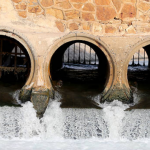Types of Prestressed Concrete |Tendons in Prestressed Concrete |Types Tendons in Prestressed Concrete
What is Prestressed Concrete?
Prestressed concrete is the most durable, dependable, and most grounded substance that is broadly utilized for the development of megastructures and bridges. It is a type of cement where high-strength tendon put in pressure areas of the cross-segment is focused on during the development of the component to act against tractable burdens created because of applied loads.
Prestressed concrete is extremely useful for breaking free underlying individuals and dealing with shrinkage and temperature impacts. Accordingly, the ingression of impeding specialists is forestalled, which helps in staying away from supporting consumption. The prestressing allows for the development of longer-distance beams and supports while increasing the definitive burden conveying limit in relation to a similar part cross-area. In any case, the development of interaction in prestressed requires broad checking and confirming devices and equipment at all stages.
Advantages of Prestressed Concrete
- Contrary to traditional substantial components, the whole substantial cross-part of prestressed substantial opposes the applied load. This is on the grounds that the substantial in the strain zone doesn’t experience breaking and thus it would partake in conveying loads.
- The ranges of prestressed pillars and supports are greater than the ranges of built-up concrete.
- A longer range length increases unobstructed floor space and eliminates the need for offices.
- Longer ranges bring fewer injuries. Consequently, less support is required.
- When concrete is crack-free, there is less chance of steel corrosion and consequent concrete degradation.
- It has a lengthy lifespan.
- Due to the lack of fractures, prestressed concrete members can withstand stress reversal, impact, vibration, and shock.
- In fact, dead loads in a prestressed concrete beam are neutral. As a result, the structure’s dead load weight is lowered, resulting in less material consumption.
- Thinner slabs are advantageous for high-rise construction because they allow for the construction of more slabs for the same cost as typical thicker slabs.
- Shear resistance is improved by using curved tendons and pre-compressive concrete.
- The amount of steel required in prestressed concrete is 1/3 that of reinforced concrete, although the latter must have a high tensile strength.
- The creation of prestressed concrete allows for the building of a large liquid-retaining structure that would not otherwise be achievable.
- Large liquid-retaining structures made of prestressed concrete are inexpensive and, ideally, resistant to fracture and leaking.
- It is useful in any structure where tension exists, such as the tie and suspender of a bow string girder, electric poles, the upstream face of a gravity dam, railway sleepers, and so on.
- Pre-stressed concrete beams typically have little deflection.
The Disadvantages of Prestressed Concrete
- Prestressed concrete necessitates the use of high-quality, thick concrete with high strength. Concrete of the highest quality must be produced, placed, and compacted.
- It necessitates the use of high tensile steel, which is 2.5 to 3.5 times more expensive than mild steel.
- The pre-stressing procedure necessitates the use of advanced tensioning and anchoring equipment.
- Perfect oversight is required at all phases of construction.
- Skilled labor is required for pre-stressed concrete.
Types of Prestressed Concrete
There are three types of prestressed concrete based on the building process, such as:
- Pre Tensioned Concrete
- Unbonded Post Tensioned Concrete
- Bonded Post Tensioned Concrete
Pre Tensioned Concrete
The wires or tendons are tensioned from the start of this form of prestressed concrete, and concrete is poured subsequently. In such forms of prestressing, it provides a good connection between the concrete and the tendon. As a result, the tendons are protected from stress, and rust is transported without difficulty. Tendons are attached and extended, and as the concrete becomes firm, the stress is transferred to the concrete. The tendons then attempt to return to their original length, but are blocked by the connection between the concrete, causing compressive force to be exerted on them.
Unbonded Post Tensioned Concrete
This type of prestressed concrete differs slightly from reinforced post-tensioned concrete. It permits connections or wires to be moved. Each tendon in these types of concrete structures is coated with oil or grease and covered in plastic. Through fastening or anchoring, the links or cables transfer tension to the concrete.
This has a few advantages or benefits, for example.
- The ability to agitate tendons before attempting to repair them.
- The ability to change individual connections or cables
Similarly, there are a few negatives, such as when harmed or damaged, one or more of the linkages or cables might be distressed and blasted out of the slab.
Bonded Post Tensioned Concrete
Pre-stressing is used in this sort of prestressed concrete, but concrete is poured first and then tendons are tensioned. Tendons are subsequently inserted into the right locations in the component, and casting is completed. When the concrete hardens, the tendons are tensioned against the concrete using water-powered jacks. When the tendons have been properly tensioned, they are fastened in place. When the jacks are removed, the tension remains, and the strain is transferred to the concrete. This approach is commonly used in the construction of slabs for large-scale home construction projects where wide soil might cause problems. Post-tensioned concrete is also used in bridge construction.
Tendons in Prestressed Concrete
An extended component is used in the building of concrete individuals to provide prestress to the concrete. Tendons are most commonly made of high-tensile steel wires, links, cables, strands, or bars. Tensile stresses are induced in concrete using this medium. It might be a single steel wire or a group of wires that have been twisted together to provide the required tensile tension.
It is necessary to splice the tendons if continuous prestressed concrete elements, including lengthy tendons, exist. Splices for the various types of wires and strands used as tendons have been developed over time. The following are some of the most common and often used types of splicing and game plans:
- Screw Connector
- Torpedo Splice
- Clamp Splice
- Wrapped Splice
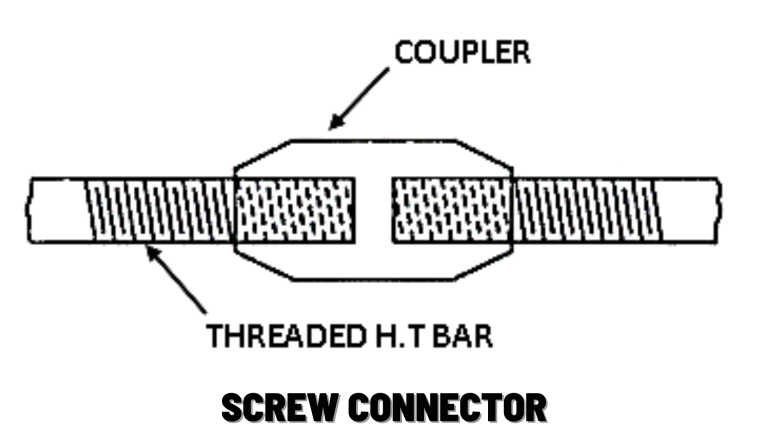
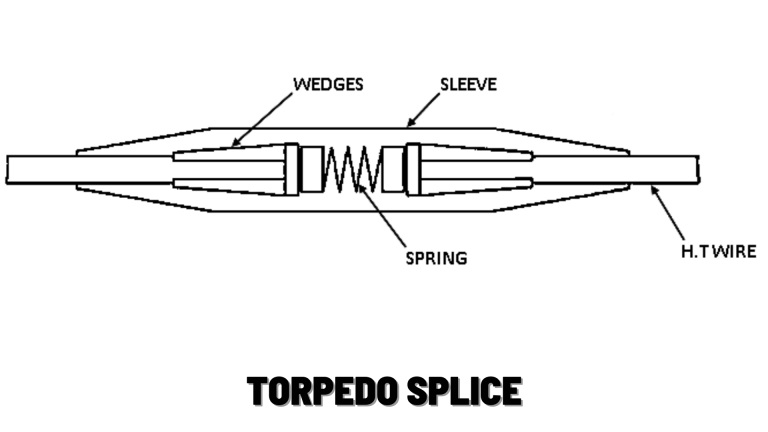
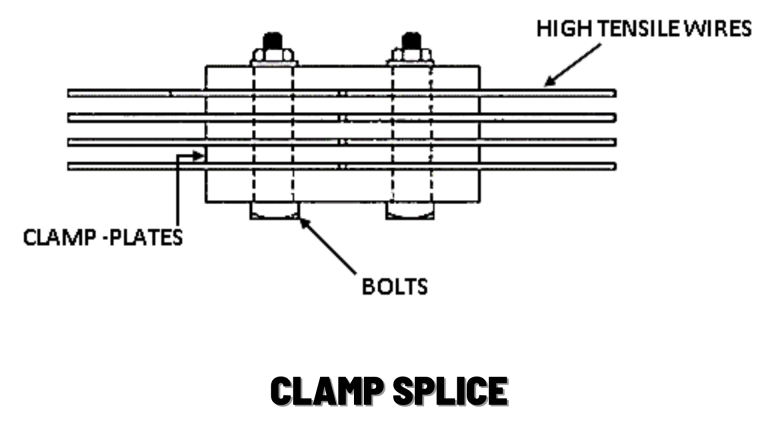
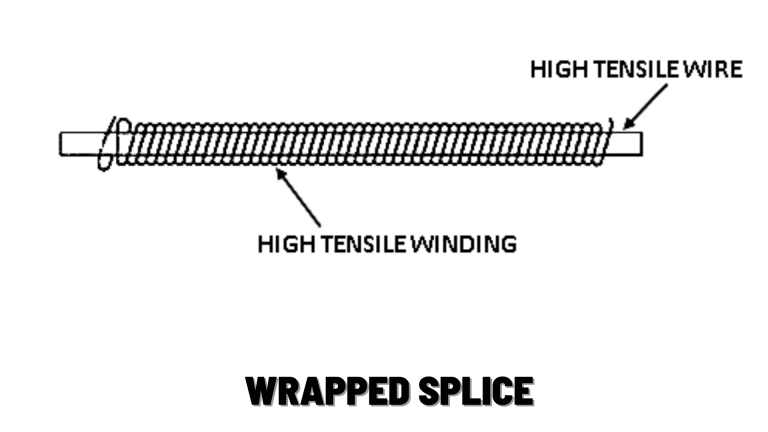
Types Tendons in Prestressed Concrete
Based on tendons in flexible metal wrapping,
- Wire Tendons
- Seven-Wire Strand
- High-Strength Bars
Based on the tendons in a hard metal duct:
- Seven-Wire Strand
- Mastic Coated Tendons, Seven-Wire Strand and Wire Tendons
- Pregreased Tendons, Seven-Wire Strand and Wire Tendons


